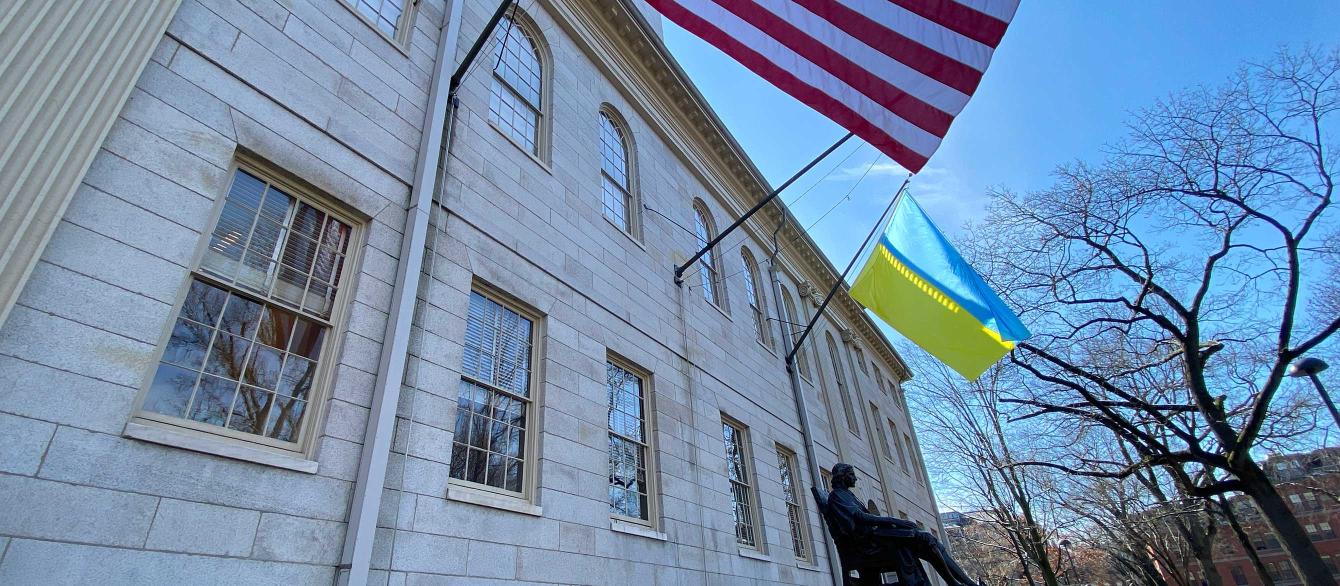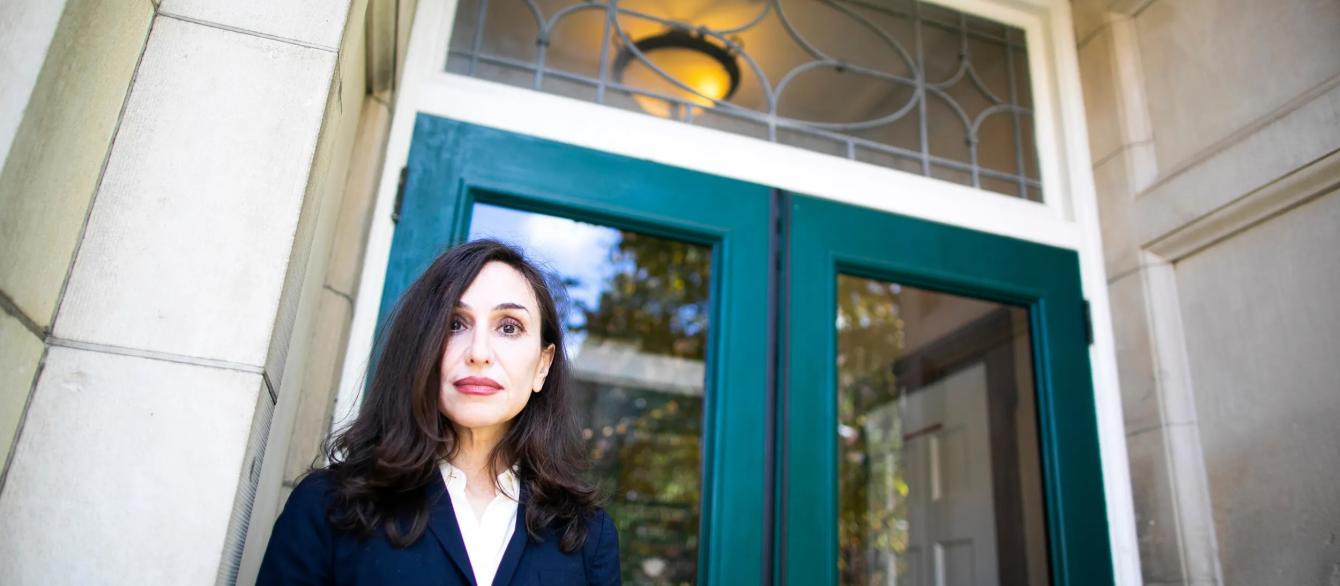This excerpt is adapted from an article originally published by The Harvard Gazette under the headline "5 faculty members named Harvard College Professors."
Five faculty members have been awarded a Harvard College Professorship for excellence in undergraduate teaching, in fields ranging from high-dimensional geometry to comparative politics. Hopi Hoekstra, Edgerley Family Dean of the Faculty of Arts and Sciences, announced the recipients on May 6. Among them is Mashtots Professor of Armenian Studies Christina Maranci, a member of the Davis Center's Executive Committee since the 2023-2024 academic year. The others are Denis Auroux, Michael Smith, Karen Thornber, and Yuhua Wang.
“I am delighted to recognize these five outstanding colleagues for their contributions to teaching, mentorship, and research,” Hoekstra said. “Their passion, rigor, and creativity inspire our students every day, giving them the opportunity to ask big questions, explore new ideas, and grow as thinkers and scholars. I am grateful for their extraordinary commitment to our students and our educational mission.”
The Harvard College Professorship was launched in 1997 with a gift from John and Frances Loeb. Professors hold the title for five years and receive support for a research fund, summer salary, or semester of paid leave.
Maranci, an art historian with a focus in pre-modern Armenia, likes to begin her classes with images — perhaps a 7th-century Armenian manuscript depicting the Annunciation, or photographs from fieldwork in eastern Turkey — and let her students first experience the image, then learn to understand it.
“One of the wonderful things about working with art and visual culture is that you can really confront them with things before they know what they are, and they just look,” Maranci said. “Then you teach them to ask questions about what they’re looking at. For me, it’s a really helpful way of teaching and it also promotes curiosity.”
Maranci’s area of expertise falls at the intersection of art, architecture, and material culture of medieval Armenia. She teaches courses on all aspects of Armenian culture and history, from liturgical textiles to art and literature.
For Maranci, teaching is a “whole-body” experience. She doesn’t read from notes, choosing instead to walk around the room as she lectures, welcoming questions and drawing individual students into lively, public dialogue.
She vividly recalled her own undergraduate struggles — grappling with material that seemed easily understandable to her peers. That experience, she said, informs the way she teaches today.
“I really like to talk them through things,” Maranci said. “I’m putting myself in their shoes and I want to break things down in a way that makes everybody feel that they can learn this stuff. Even when it’s obscure 7th-century Armenian Church architecture, at bottom it’s all knowable, and that’s something I try to get across.”




